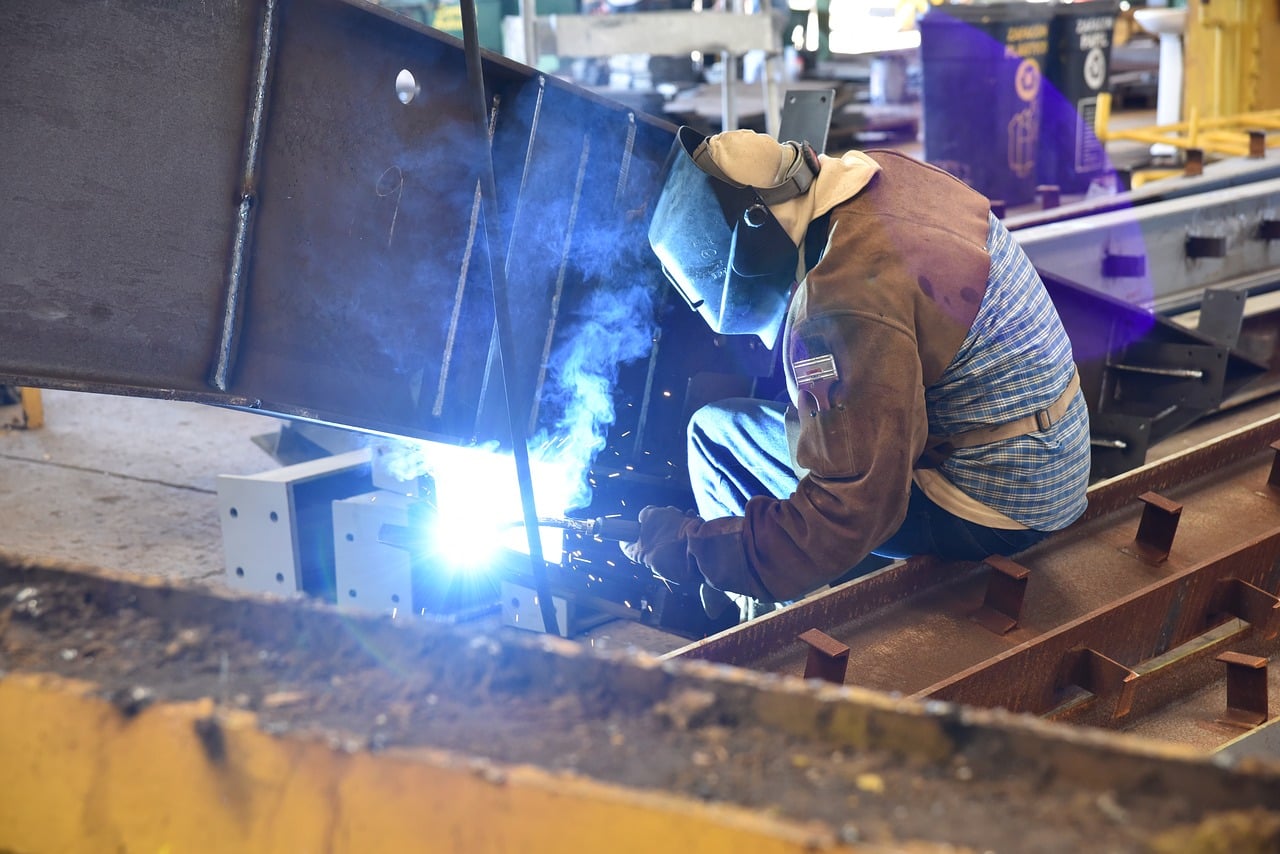Many economic experts have concluded that we are currently in the middle of a fourth industrial revolution that has been brought on by the rapid advances in technology the world has experienced over the past few decades. Coinciding with these major changes to the world economy comes major changes to the way people will work in the coming years.
Q1 hedge fund letters, conference, scoops etc, Also read Lear Capital
Below, we’ll explore some of the trends and changes that are on the horizon for the American workforce, both the ones that present challenges that must be overcome as well as the ones that present excellent new opportunities.
The Impact of Manufacturing Automation
Manufacturing automation has already enabled manufacturing companies to replace untold numbers of jobs with machines that are able to perform tasks such as assembly, packaging, quality assurance, and much more. As automation technology continues to advance and grow more refined, the potential for manufacturing jobs to be replaced with machines is an ever-growing concern. In fact, the McKinsey Global Institute predicts that manufacturing automation could lead to the loss of 800 million jobs worldwide by 2030.
With that said, it’s not all bad news for laborers in the manufacturing industry. Companies that are able to complete low-skill tasks with automation will free up their workforce to focus on more important duties. Those companies that lay off their workforce rather than utilizing them will likely be left behind by more innovative companies that figure out how to take advantage of their workforce and develop ways for them to work alongside automation technology in order to drive the company forward in the most effective way possible. In other words, automation could actually lead to the creation of many new roles within companies of the future that manufacturing employees who have had their job replaced by a machine will be able to fill.
The Growth of the Freelance Economy
Already, freelancers comprise a massive portion of the total American workforce. According to Nasdaq.com, freelancers currently make up 34% of the US workforce, and that number is expected to rise to 43% by 2020.
Technological innovations that allow people to effectively work remotely, changing ideals about the perfect career, and a growing trend among companies all over the world to integrate freelancers and contract laborers into their workforce have all given rise to the rapid growth of the freelance economy.
The rise of the freelance economy presents an excellent opportunity for individuals who wish to pursue a non-traditional career. Working as a freelancer provides several benefits that many – especially younger generations such as millennials – are starting to value more and more. These benefits include the ability to work remotely, the ability to set their own hours, and the ability to essentially function as their own boss.
As the freelance economy continues to grow, the way that it will impact the American workforce as well as the global economy looks to become increasingly significant. Aside from the obvious impact of more workers choosing freelancing as a career and more companies relying on freelancers to fill a larger role in their workforce, the growth of the freelance economy could also lead to legislative changes in the coming years designed to assists freelancers with issues such as retirement and health insurance.
Service Orientated Jobs Replace Product Oriented Jobs
Already, 86% of the jobs in the United States involve providing a service rather than producing and selling a product. As the economy has become increasingly connected across the world, US companies have been forced to compete with companies in low cost countries that are able to produce products that are much cheaper while at the same time being similar in quality.
This competition has forced US companies to shift to an area where they still have an advantage – skilled services. This is a trend that isn’t likely to slow down, as more and more US companies shift to offering services that outmatch services offered by companies in other countries rather than producing products that are more expensive than what the competition has available.
This shift toward service-oriented jobs isn’t just taking place at the level of major corporations, though. Today, some of the highest paying jobs in the United States are for skilled laborers who offer services such as welding, electrical services, IT services, and other service-oriented jobs, that employees are able to fill either working on their own or working for a small, local company.
Much of the demand for these skilled laborers at the local level has come from a shift in focus among the majority of individuals entering the workforce. As increased importance has been placed more academic-oriented careers and higher education, skilled labor careers have lost much of their appeal in spite of the high salaries that they offer. For those who are willing and able to take on these jobs, though, there will certainly be plenty of opportunity in the near future.
Final Thoughts
The rate at which the world economy is changing both in the United States and beyond has yielded plenty of uncertainty about what the future of the American workforce will look like. What we do know for sure is that this future will hold both plenty of new challenges and new opportunities alike. Its up to both companies and employees of the future to remain agile enough to overcome the challenges and capitalize on the opportunities that the changing landscape of the American workforce will present.






